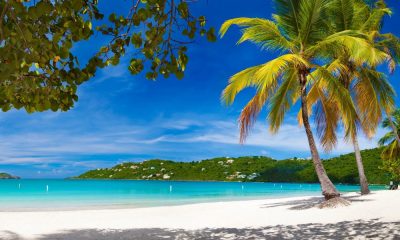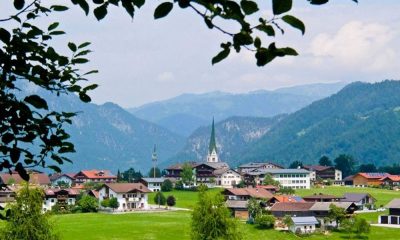There are few places in the world that could equal the dramatic landscape of Norway (Norge). The rugged coastline of Norway comprises the western aspect of the Scandinavian Peninsula. Sweden is the other country that is situated on this northern jut of land. Norway shares borders with two more countries-Russia and Finland. The coastline of Norway abuts the North Sea, the Norwegian Sea, and the Barents Sea.
The terrain
Most of Norway is mountainous and the land is composed mostly of gneiss and granite with the addition of sandstone, limestone, and clay. Although there are lowlands, the country’s geographical features are mostly high terrain. The varied topography has been attributed by geologists to the movement of glaciers during prehistoric times. Today, remnants of glaciers from the Ice Age are still found in the country. The stunning vistas that tourists cannot get enough of were brought about by events that occurred millennia ago and took millions of years to complete.
Huge areas of Norway are still unpopulated and therefore unspoiled. Many areas of the country are too wild to tame for domestic habitation. As such, the country is a huge hub of biodiversity, with around 60,000 species thriving in the land and the waters surrounding it. The marine ecosystem is one of the most diverse in Europe.
The fjords
Norway’s famous deep fjords stretch tens of thousands of kilometers in the western part of the country where the sea penetrates inland further than usual. Tourists from all around the world troop to this Scandinavian country to see for themselves the awesome formations because there are nothing like them in the world. In fact, according the National Geographic has named the fjords of Norway as the number one tourist attraction on the planet.
Essentially, the fjords are narrow groves cut into the mountainous landscape toward the end of the last Ice Age. These narrow inlets are flanked on either side by vertical peaks. The longest fjord in Norway and in the entire world is 204 kilometers long and it is called Sognefjorden.
Norwegian climate
Although situated at a such a northern latitude, Norway experiences higher temperatures than expected of a location so proximal to the Arctic Circle. In fact, some parts of Norway are within this region. The level of precipitation along the coast is also higher than expected. The most northerly areas of the country experience a subarctic climate year-round being exposed to the storm fronts arising in the Arctic year round. The area where Svalbard is located is considered Arctic tundra. Most of the Norwegian mainland has four seasons. The region where Oslo, the capital city is located is an area of lowlands that experience relatively sunny and warm summers. Winters are usually snowy and characterized by bitter cold.
The Land of the Midnight Sun is an amazing place to visit. Because of its latitudinal variance and stunning geography, the country offers visitors a wonderful range of natural vistas. Tourists who visit Norway have numerous opportunities to immerse in the wonders and diversity of nature.


















